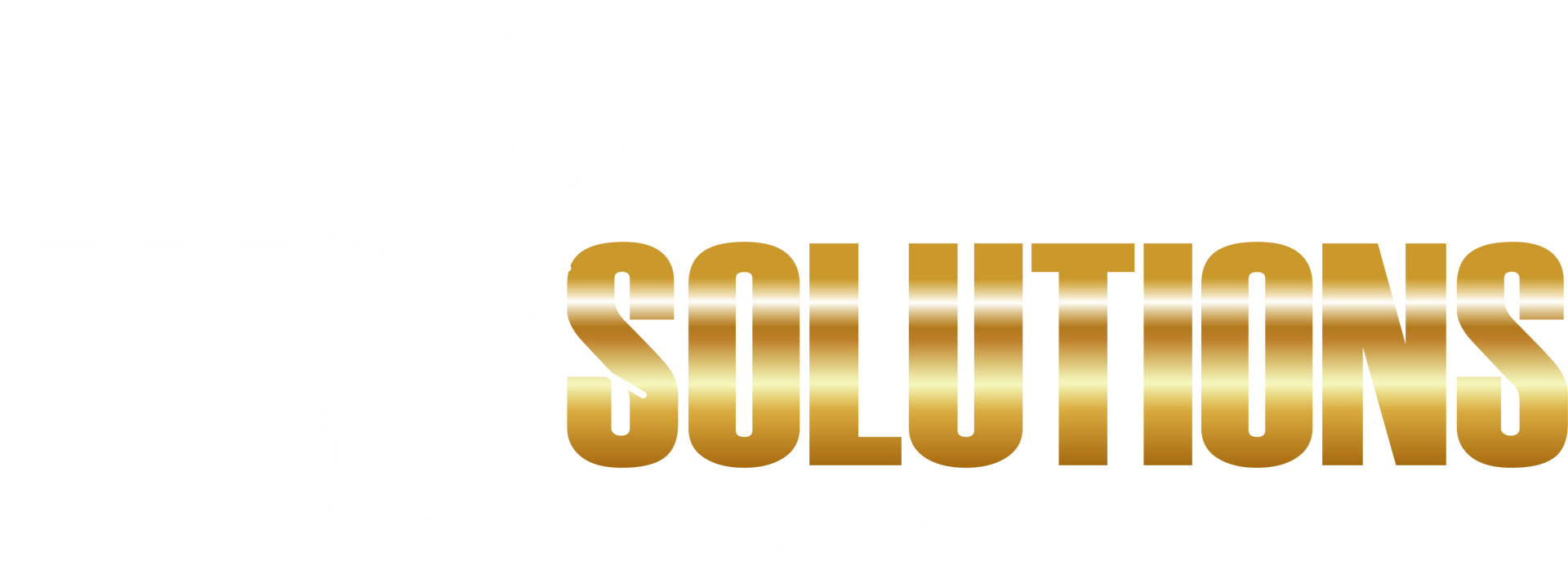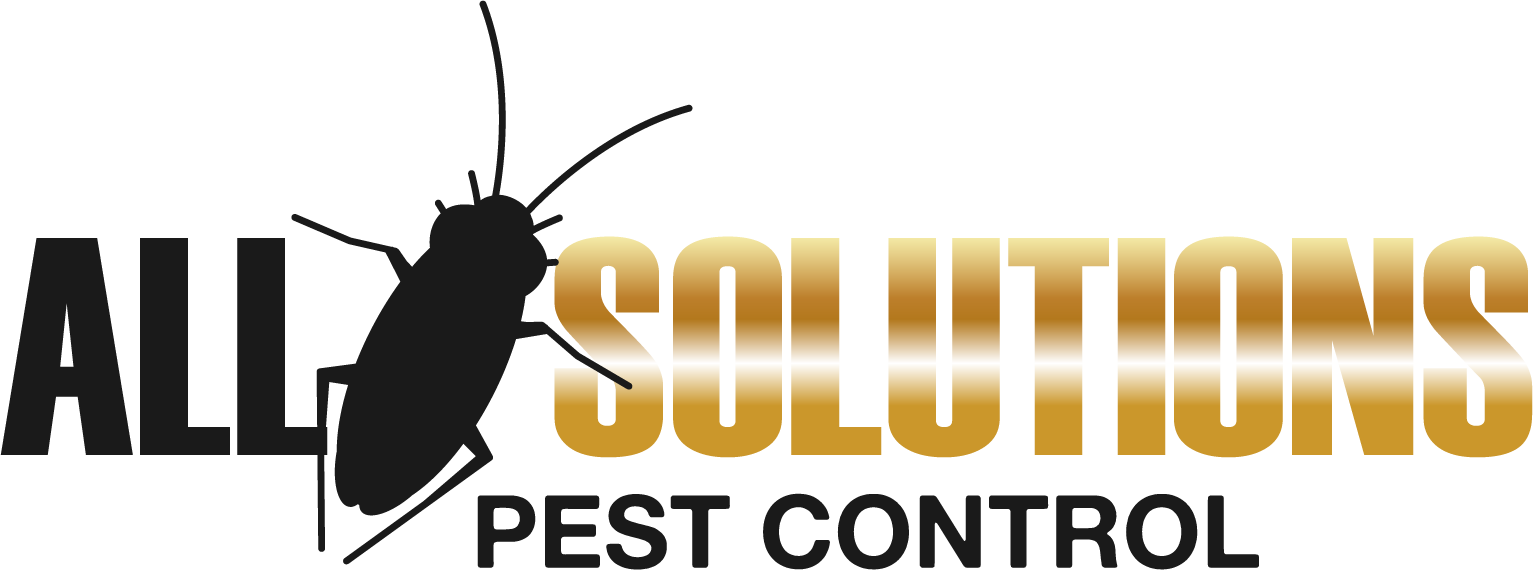CALL FOR A NO OBLIGATION FREE QUOTE:
0414 644 466
8 Summer Pests to Watch Out for in Australia
Don’t let these common insects of Australia get the better of you
Summer in Australia brings warm weather, outdoor activities - and unfortunately, plenty of pesky insects and pests too. As the temperatures rise, many insects become more active, breeding in larger numbers and seeking shelter indoors. Not only are these creepy crawlies unpleasant to have around, but they can also pose health risks, cause damage to your home, and create unsanitary living conditions. Here are some of the top summer pests to be on the lookout for in Australia and why you definitely don't want them taking over your home:
1. Cockroaches
Cockroaches thrive in warm, humid conditions, making them especially problematic during the summer months. These unsanitary pests can contaminate food, spread bacteria, and trigger allergies and asthma. Their faeces, saliva, and shed skins contain allergens that can impact your family. Cockroaches multiply quickly with breeding cycles every month. Cockroaches become sexually mature at 6 weeks old and can be very difficult to eliminate once they establish a presence in your home. Follow these steps to get rid of cockroaches in your home, or consider professional pest control if you spot signs of an infestation.

2. Mosquitoes
Mosquitoes breed in stagnant water and are most active from dusk to dawn. Only the female mosquito feeds on hosts for blood. Not only are their bites itchy and irritating, but they can also transmit diseases like Ross River and Barmah Forest virus. While mosquitoes are primarily outdoor pests, they can still make their way into your home, especially if you have gaps in your screens or open doors and windows. Prevent mosquito bites by using insect repellent, wearing protective clothing, and eliminating any sources of standing water around your property. Consider installing or repairing window screens to keep mosquitos from invading your living spaces.
3. Flies
Flies reproduce rapidly in summer and are attracted to food waste and garbage. They are not just annoying but also unhygienic and can spread a wide array of pathogens and contaminate surfaces and food. Flies regurgitate digestive enzymes onto solid food before consuming it and defecate constantly - so a swarm of flies buzzing around your home can quickly create unsanitary conditions that put your family's health at risk. Keep flies away by installing tight-fitting screens on all doors and windows, promptly disposing of trash in sealed receptacles, and keeping food covered at all times. Use fly traps or insecticides if you're dealing with a severe fly infestation.
4. Ants
Ants become more active in summer as they forage for food and water. While generally less harmful than some other pests, ants can still contaminate food, damage property, and even inflict painful bites and stings. Introduced or imported species like fire ants have venomous stings that cause intense burning pain and can trigger allergic reactions in some people. Ants can be relentless in their search for food and moisture, raiding pantries and kitchens in long foraging trails. Once ants find a food source, they leave pheromone trails to attract their nestmates - so a few scouting ants can quickly turn into a full-blown invasion. Keep ants at bay by sealing entry points, cleaning up spills and crumbs promptly, and storing food in airtight containers. You may need help getting rid of ants from your home or you may need to call a professional for persistent ant problems.
5. Fleas
Fleas are tiny blood-sucking insects that commonly target pets but will also happily feed on human blood. Their bites are intensely itchy, often causing rashes and inflammation. Fleas breed explosively in summer, especially in humid areas - a single flea can lay up to 50 eggs per day! If you have pets, fleas can infest your carpets, furniture, and bedding, quickly turning your home into an itchy nightmare. If you are renting, you will usually need to complete an end of lease pest control and flea treatment. Severe flea infestations can be difficult to eradicate. Treat and protect your pets year-round with effective veterinarian-recommended flea control products. Vacuum carpets and upholstery regularly with a HEPA vacuum and wash bedding in hot water to get rid of flea eggs and larvae. Stomping over carpet can re-activate eggs lying dormant.
6. Ticks
Ticks become very active in the summer months, lurking in tall grass and vegetation. They attach themselves to animals and humans to gorge on blood, often going unnoticed until they are fully engorged. Tick bites are not only revolting but also potentially dangerous. Certain species like the paralysis tick can cause tick paralysis in humans and pets, which can be fatal if the tick is not removed. Other species can transmit illnesses to humans, including Lyme disease and spotted fevers. When spending time outdoors in bushy or wooded areas, use insect repellent, wear long sleeves and pants tucked into socks, and always check yourself and your pets thoroughly for ticks afterwards. If you find a tick, remove it immediately, and monitor the bite site for symptoms.
7. Spiders
Australia is home to some of the world’s deadliest spider species. Spider activity and bites often increase during summer due to warmer temperatures and ideal breeding conditions. Most spider species are considered harmless due to bite size or lack of toxic venom. Spiders often play an integral role in reducing other unwanted pest species like insects and bugs. Without spider’s insects carrying deceases would be able to accumulate at an expediential rate. It can be unsettling to find spiders in your home. Follow our tips on how to keep spiders out of your home for peace of mind.
8. Termites
Unlike most of other pests on this list, termites don't pose a direct threat to human health. However, termites are considered pests of timber and can cause damage to homes and structures, often going unnoticed until the damage is so extensive. Subterranean termites consume cellulose an insoluble substance which is the main constituent of a plants cell walls. During warmer months subterranean termites colonise flight often when conditions are favourable. Reproductive termites commonly known as Alates emerge from arboreal nests or flight cut holes to establish new colonies. It's advisable to undertsand how to identify the signs of subterranean termites in your home to prevent damage from this silent threat.
Termite damage is often not covered by insurance, so repairing their destruction can cost you greatly. It is recommended you enlist a professional for a termite inspection every 12 months as per the Australian Standard. An inspection will not only outline if termite activity has been detected or observed. It will also allow the technician to provide treatment strategies required to eliminate active termites or any requirement for termite management to help protect the structure. The Inspection report will also provide valuable information on reducing any conducive conditions that may promote subterranean termite activity.
The thought of unwanted insects taking over your house is a skin-crawling prospect, but don't let these summer pests turn your home into a house of horrors. By learning to identify and prevent these pests, you can minimise your chances of any creepy crawly encounters and keep your living space safe and hygienic all summer long. If you do find yourself facing a serious infestation, don't hesitate to call in the professionals. With some vigilance and a proactive approach, you can focus on enjoying your summer without these pesky pests.

